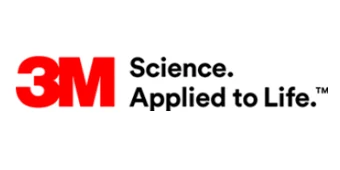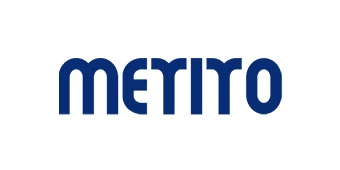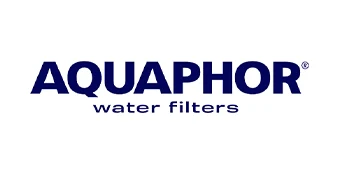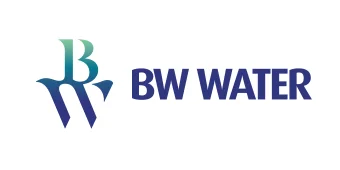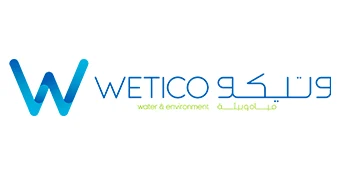One-Stop-Anbieter von Wasser aufbereitung lösungen
- Zuhause
- Warum Snowate
- Teile
-
Entsalzung Hochdruck pumpe
-
CNP-Pumpe
-
EDI-Modul
-
Membranen
-
Ionen austausch harze
-
Chemik alien zur Wasser aufbereitung
-
Präzisions-/Sicherheits filter gehäuse
-
Selbst reinigendes Filter gehäuse
-
Lebensmittel & pharmazeut isches Filter gehäuse
-
Filter patronen
-
Filter beutel
-
Thermoplast ische Ventile
-
Metall ventil
-
Supmea-Instrument
-
CREATEC-Instrument
-
Druck messgerät
-
Magnetventil
-
Durchfluss messer
-
SEKO Dosier pumpe
-
Snowate Dosier pumpe
-
Kunststoff ventile und-armaturen
-
UV-Wasser-Sterilisator
-
Ozon-Generator
-
Industrieller Ozon-Generator
-
Chlorierte Desinfektion geräte
-
Multiport-Steuerventile
-
FRP-Tanks
-
Membran gehäuse
-
Stumpf schweiß beschläge
-
Rohr verschraubungen
-
Pumpen druckregler
-
Automatisierung steuerung
-
Abwasserbehandlung
-
- Systeme
- Industrie
- Lösungen
- Wissen & Taschen rechner
- Ressourcen
- Kontakt











